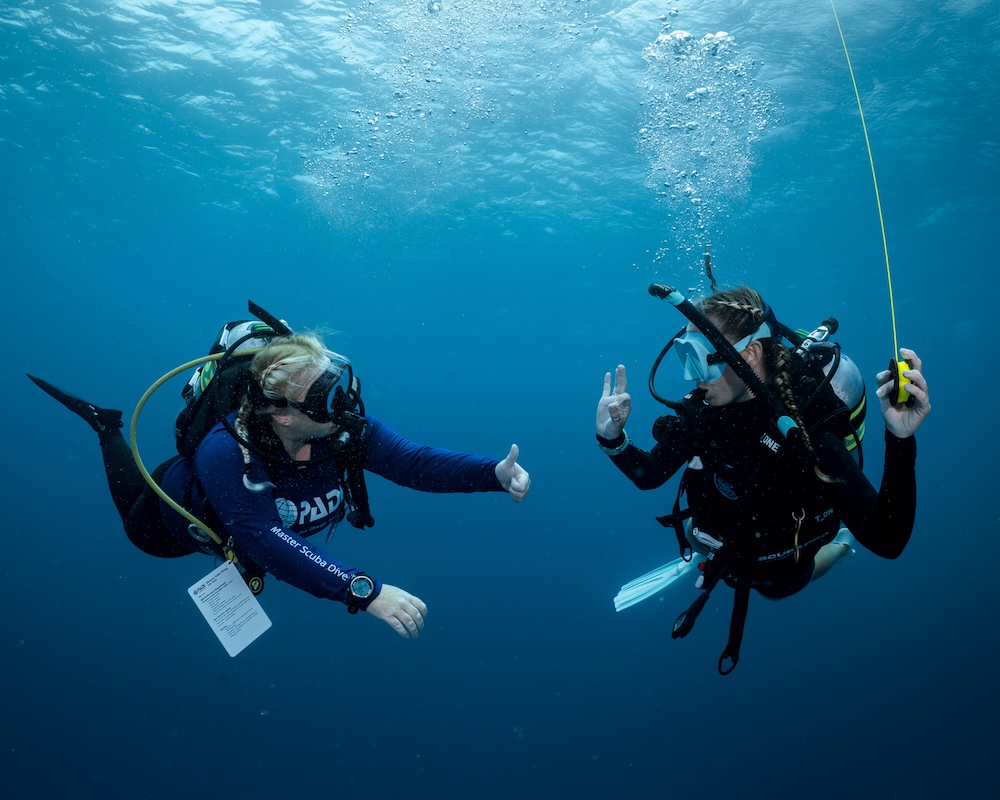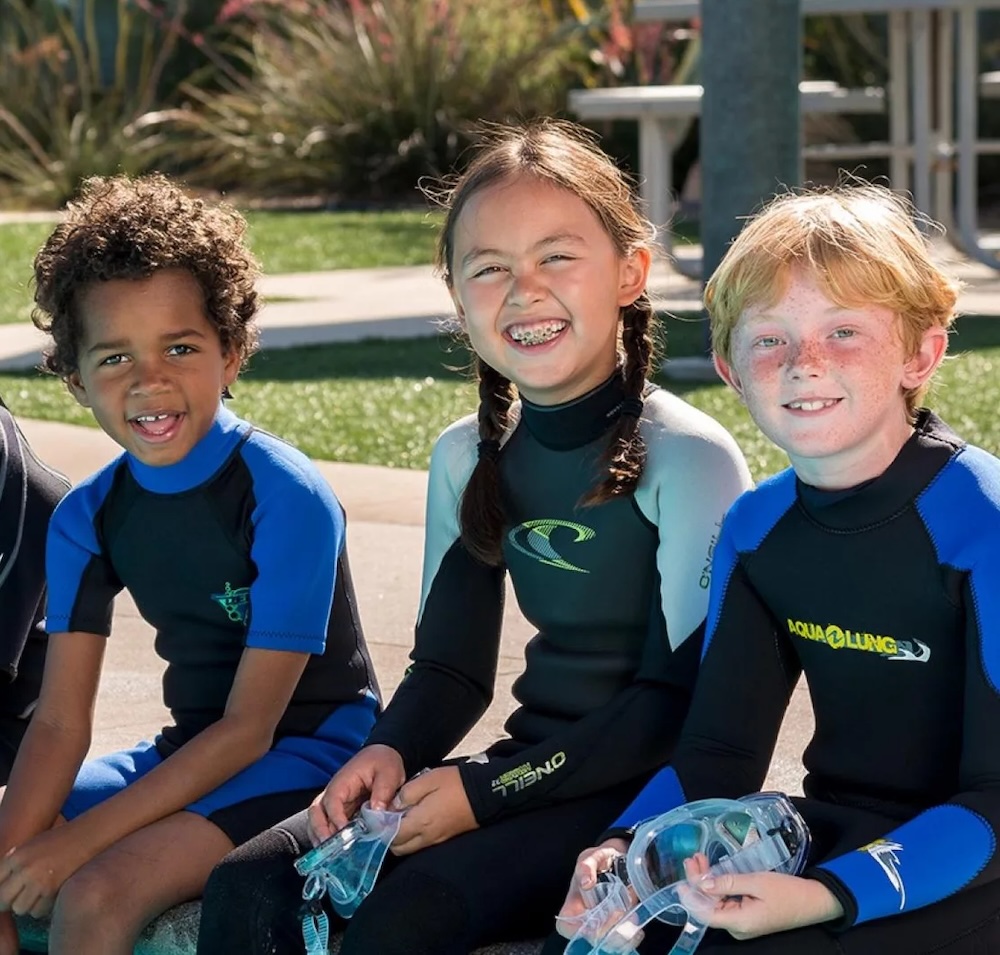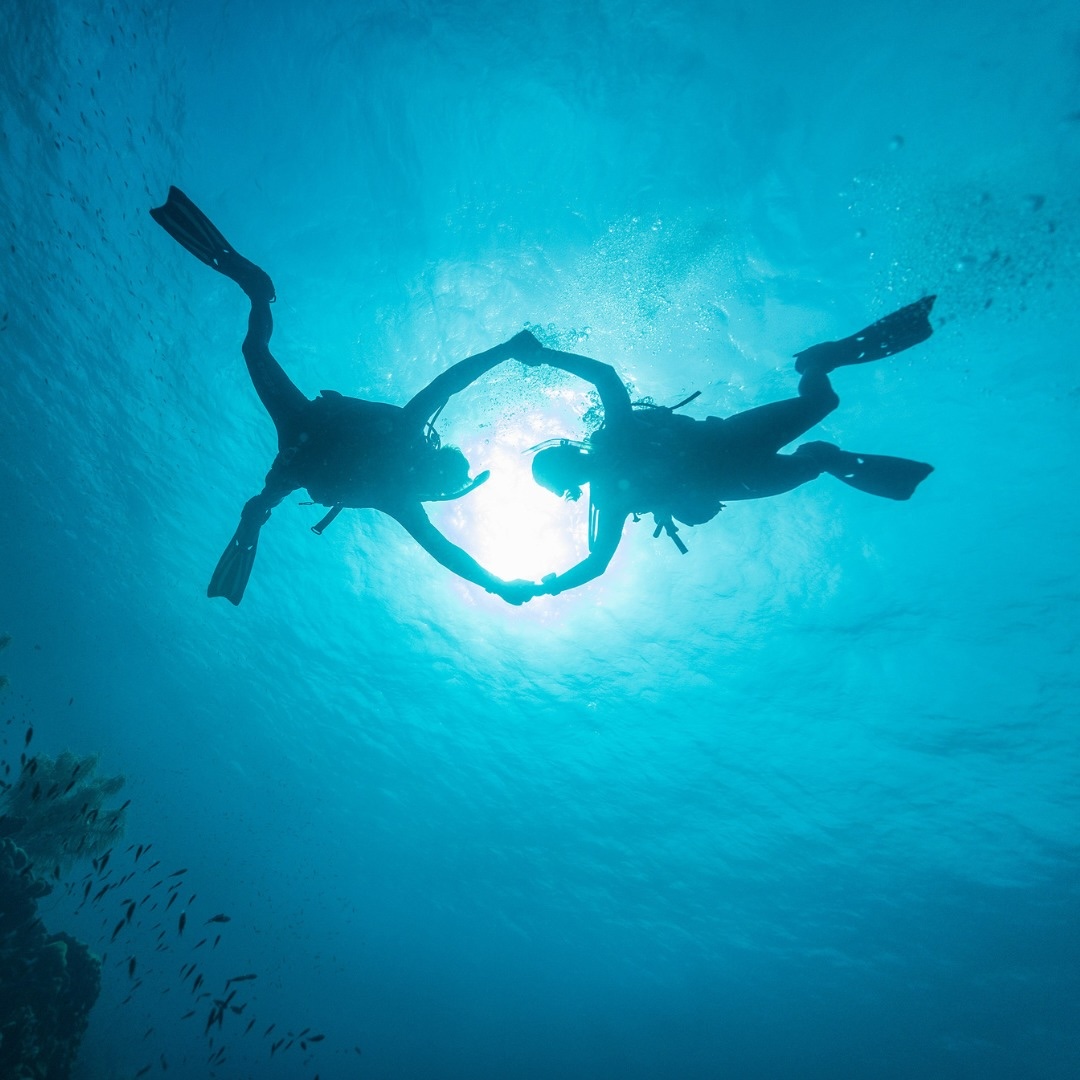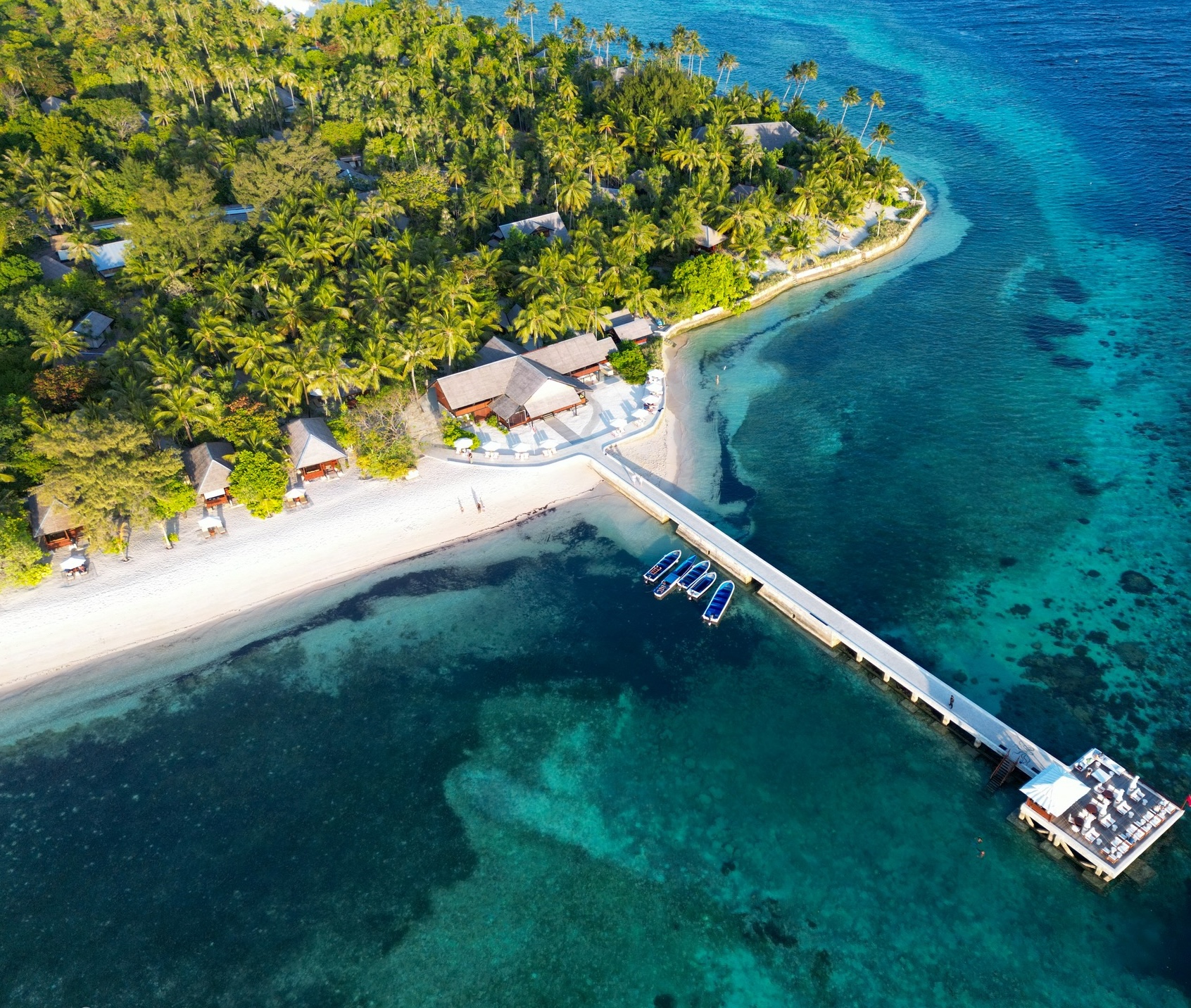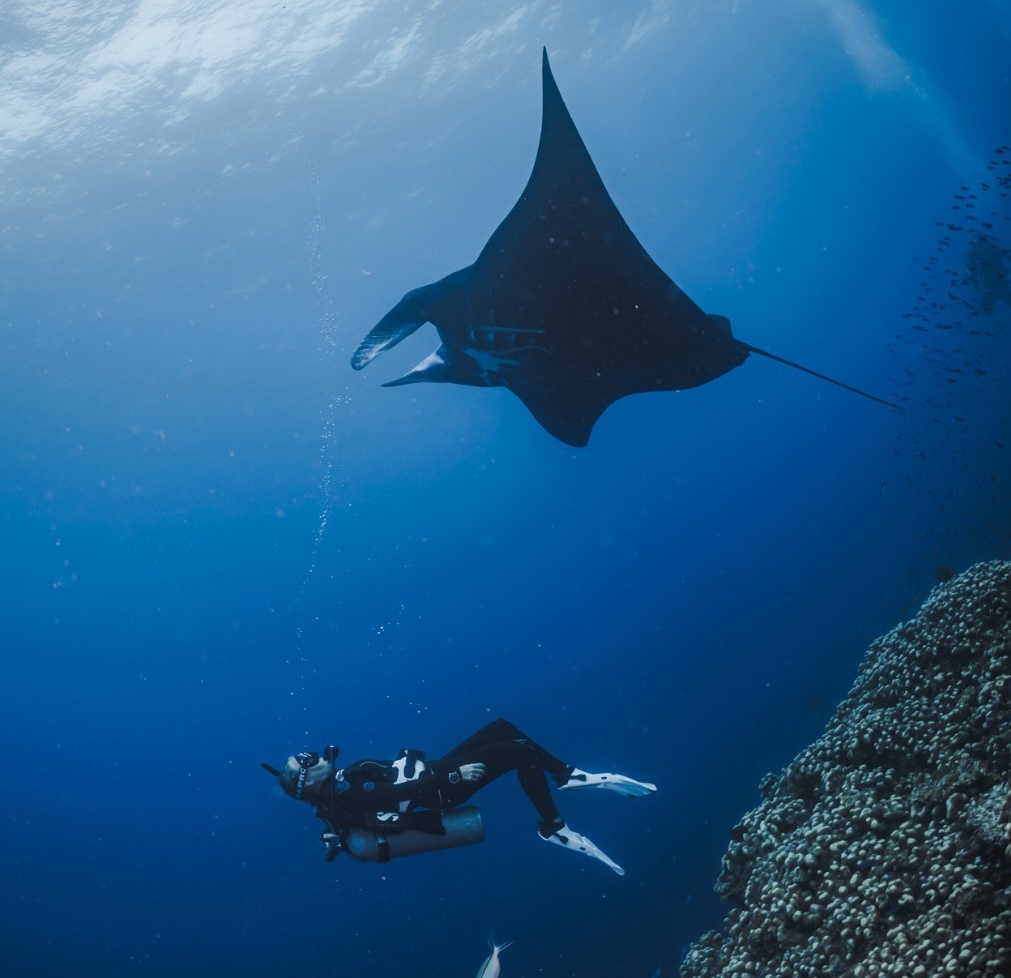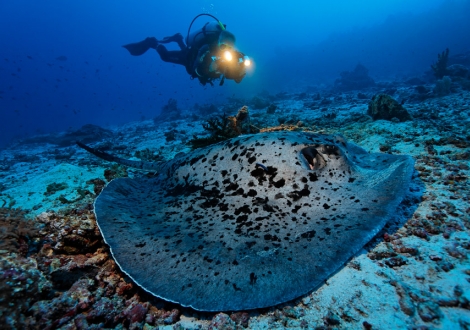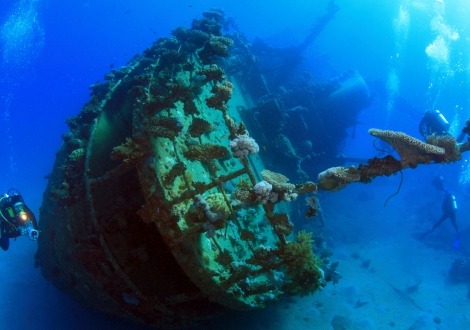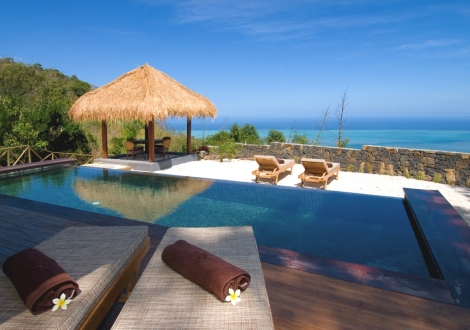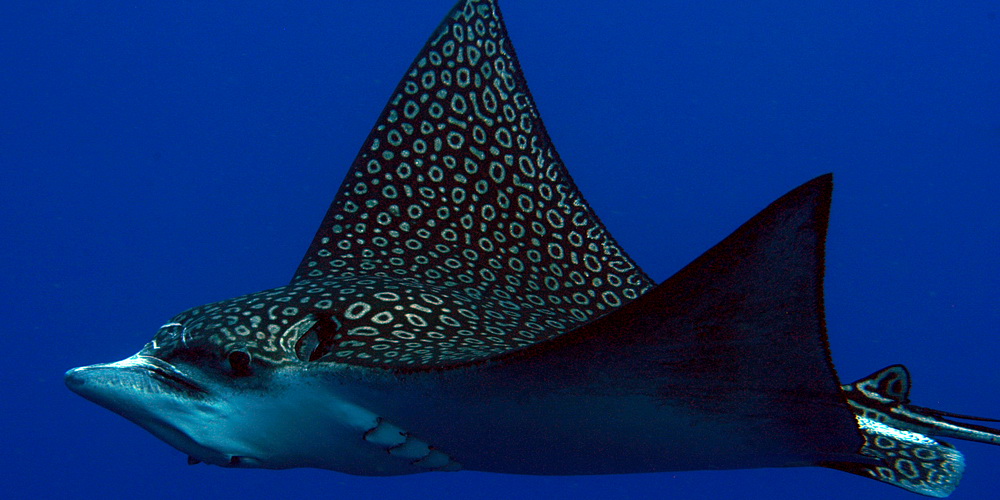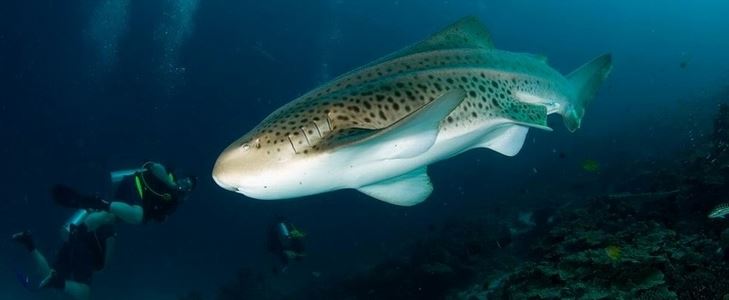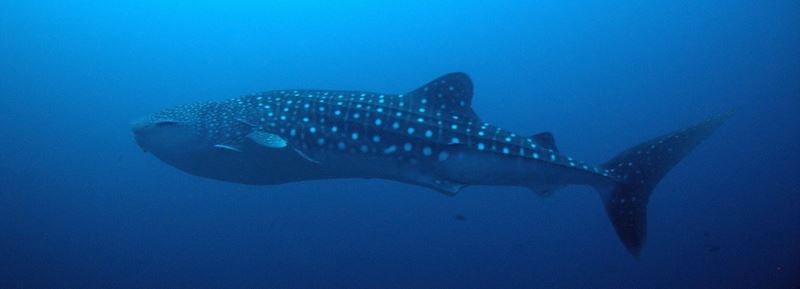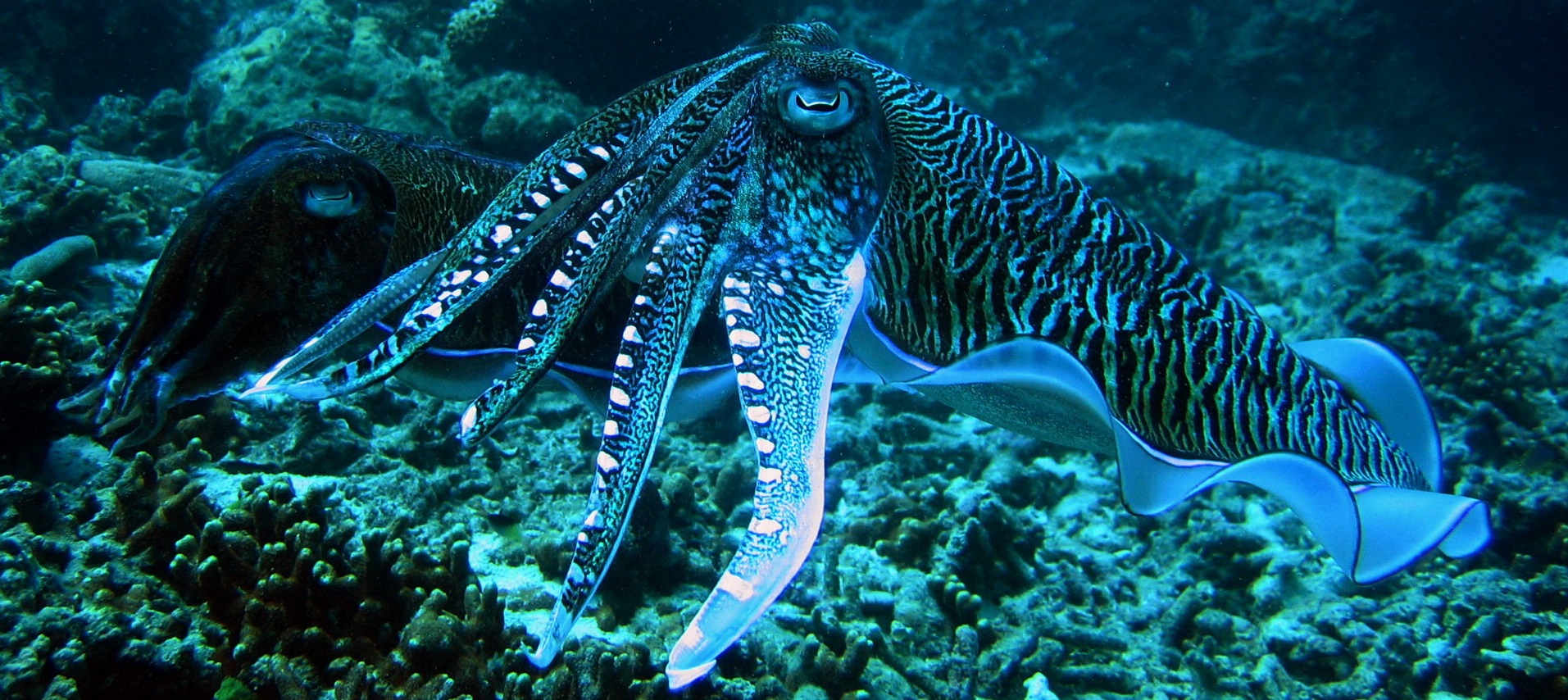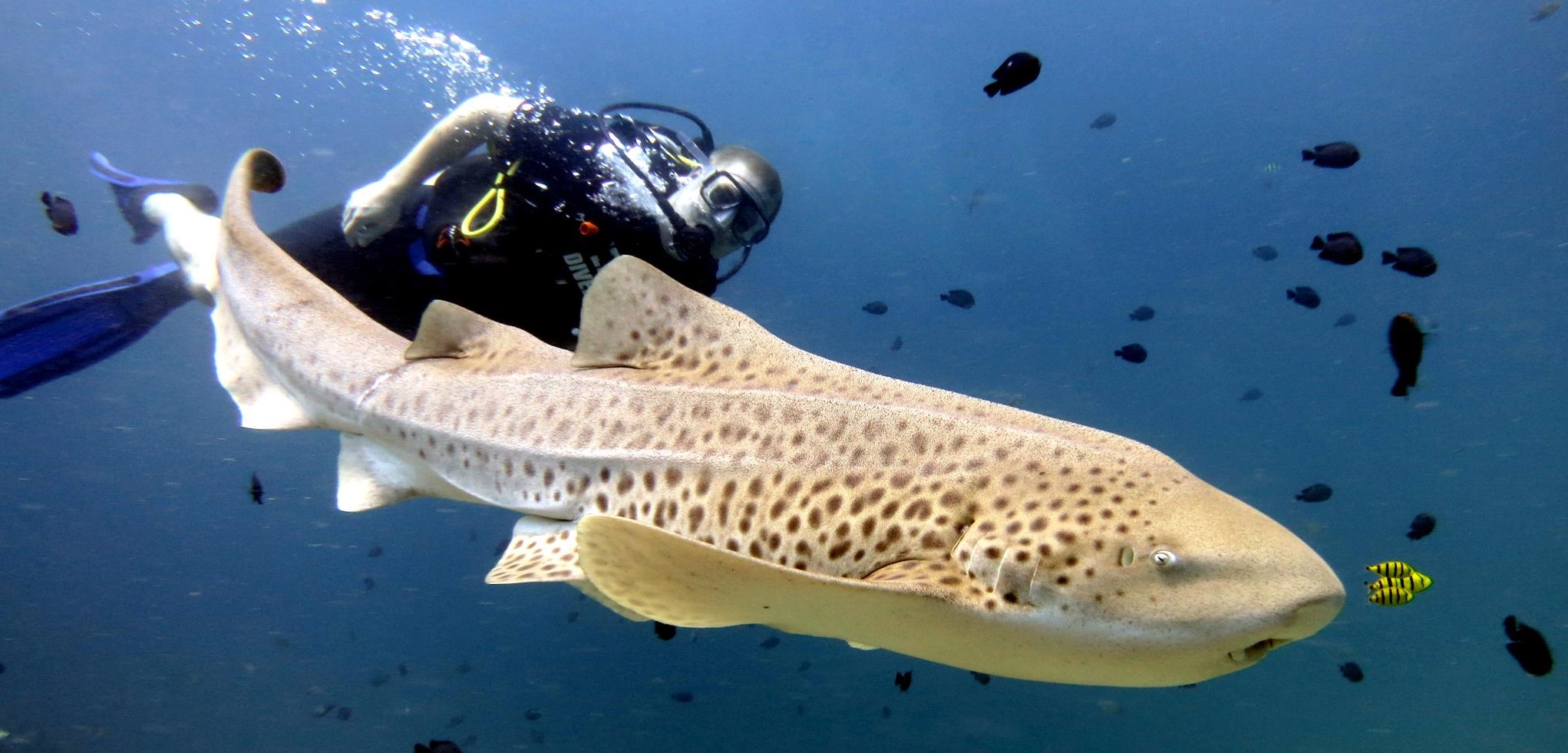Please wait
Why you'll love diving in Thailand!
An exotic colourful country with jungle clad mountains, mighty rivers, magnificent temples, vibrant nightlife and some of the best beaches in the Far East. Combine first rate Andaman Sea diving with some fascinating sightseeing or beautiful beach.
Sitting right on the western edges of Southeast Asia, Thailand could be regarded as the region’s dive outsider. Geographically beyond the borders of the Coral Triangle, Thailand still reflect much of the marine beauty of the neighbours, but her principal dive sites are rather more influenced by the effects of the Indian Ocean rather than the Pacific. From the smaller, peaceful reefs south of Phuket to the high drama of the Mergui Archipelago to the north, the variety of diving can be impressive. In the Gulf of Thailand the diving is around off shore islands such as Koh Samui and Koh Dho.
When it’s finally time to de-gas, days on land are a treat. Thai culture is rich- think orange-clad monks and golden Buddhas- the nightlife is heady and the cuisine outstanding. And the often contradictory elements of tradition and cutting-edge modernity are somehow held together by the charming people. Thailand’s diving is defined- or perhaps confused- by its position between two seas. The western coastline faces the Indian Ocean and is heavily affected by its deep water currents and contrasting monsoons. May to October sees driving, onshore winds pushing in from southwest. By November, calmer conditions return to the Andaman Sea as the monsoon swaps over to the northeast. Over in the Gulf of Thailand, wind patterns have the opposite seasonal effect All the way from South of Phuket and right up into Myanmar, there is a fantastic diving. Sea fans and colourful soft corals are plentiful. There are enourmous granite boulders, spectacular swim-throughs and swarms of colourful fish.
Thailand's diving is defined- or perhaps confused- by its position between two seas. The western coastline faces the Indian Ocean and is heavily affected by its deep water currents and contrasting monsoons. May to October sees driving, onshore winds pushing in from southwest. By November, calmer conditions return to the Andaman Sea as the monsoon swaps over to the northeast. Over in the Gulf of Thailand, wind patterns have the opposite seasonal effect All the way from South of Phuket and right up into Myanmar, there is a fantastic diving. Sea fans and colourful soft corals are plentiful. There are enourmous granite boulders, spectacular swim-throughs and swarms of colourful fish.
Thailand’s diving is defined- or perhaps confused- by its position between two seas. The western coastline faces the Indian Ocean and is heavily affected by its deep water currents and contrasting monsoons. May to October sees driving, onshore winds pushing in from southwest. By November, calmer conditions return to the Andaman Sea as the monsoon swaps over to the northeast. Over in the Gulf of Thailand, wind patterns have the opposite seasonal effect All the way from South of Phuket and right up into Myanmar, there is a fantastic diving. Sea fans and colourful soft corals are plentiful. There are enourmous granite boulders, spectacular swim-throughs and swarms of colourful fish.
Follow the link for liveaboard diving in Thailand.
Generally very hot - with an average of 30-34 °C for the air and 27-30°C for the water- particularly between March and May. The monsoon season runs from June to October, when the climate is still hot and humid with torrential rains. The best time for travelling is November to February (cool season), although the southern islands are best from June to September.
There is a lot to do in Phuket gulf if you can force yourself away from the marine realm: Wat Chalong Temple is one of the 29 Buddhist monasteries on the island but by far the most important, Thalang National Museum contains ancient artefacts and exhibits on the famous Battle of Thaland, the Phuket Aquarium on Cape Panwa is nice to visit and of course there is always Phuket town, a retail therapy haven. There is also a rainforest in the north of Phuket at Khao Sok National Park with animal conservation projects, canoeing and elephant treks. You can also visit Koh Tapu, known as the James Bond Island, or Krabi Town which as good shops and from were you can easily reach the Tiger Cave Temple. In the Gulf of Thailand, Koh Samui has some interesting cultural sites. Wat Phra Yai is known as Big Buddha Temple, you can also do kickboxing and visit Samui’s main town: Nathon. Also, the attractions around Koh Tao tend to be nature orientated- hiking, kayaking, waterfalls, idyllic beaches etc. In Bangkok, you can start by taking a three-wheeled tuk-tuk ride to the Grand Palace, an example of traditional architecture. Inside the complex is Wat Phra Kaew, the Temple of the Emeral Buddha. You can also visit the Royal Barges Museum in Tha Chang Pier, do some river boat to Wat Arun, go to the museum at Jim Thompson’s house full of interesting exhibits. There is also the ancient Siamese capital of Ayatthuya to visit which is a World Heritage site and if you are interested in war history you should go to the River Kwai.
Accommodation styles cover every range, from high-end luxury boutiques to fantastic options for the budget traveller. There is cheap accommodation throughout Bangkok but Banglamphu is the main area for budget accommodation. Hotels outside the capital and developed tourist areas are less lavish but are extremely economical and comfortable. You can also find guest rooms or do self catering…
Thailand is rightly famous for its nightlife. The kingdom has some of the best clubs playing the latest music, and not all of them in the capital - Thailand’s islands host world-class music venues and events (like “Full Moon Parties”) as do some of the regional capitals such as Chiang Mai. The kingdom also represents excellent value for film. The country also has world-class shows (cabaret, etc.) and the world’s top performing artists grace.



 Nassau
Nassau
